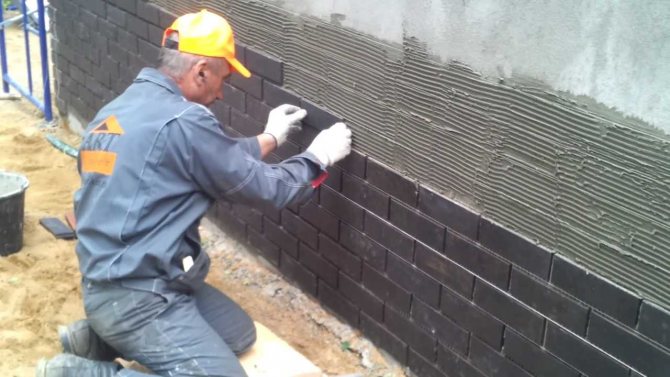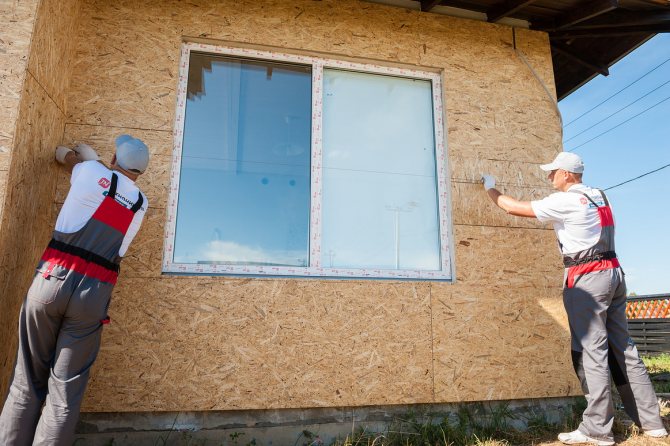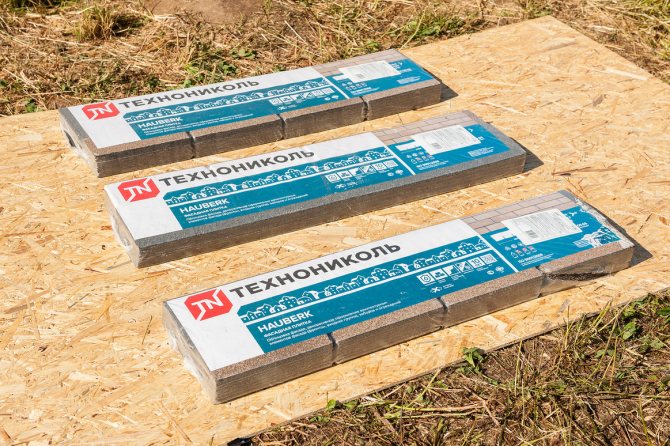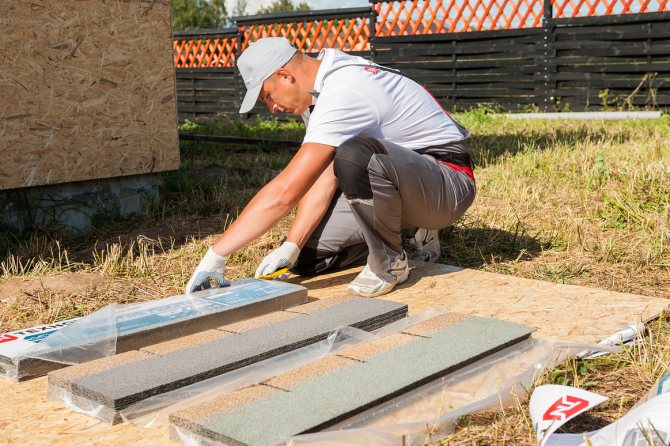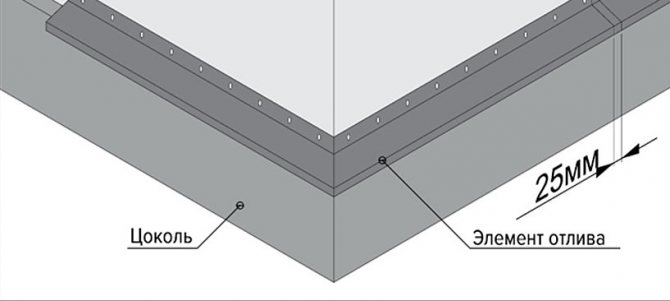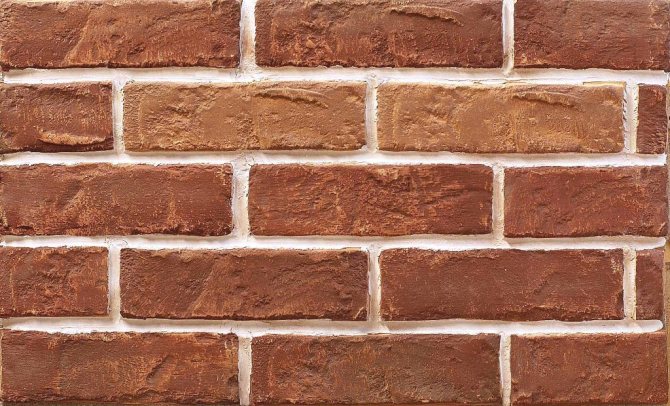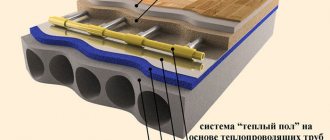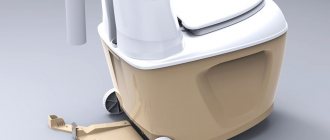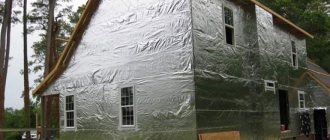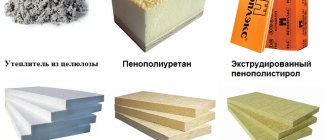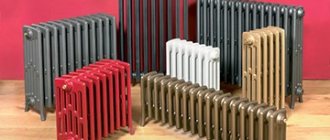Home / Installation of tiles
Installation instructions for facade tiles with metal fasteners, installation of facade panels for stone, installation of clinker tiles
Installation of facade tiles
provides services for the installation and exterior decoration of house facades with tiles made of artificial facing stone own production
... We are engaged in the installation of ventilated facades
Full construction
since 1997 and have accumulated extensive experience in this segment of construction. Over the past 20 years, more than 1000 buildings in Moscow, the Moscow region and other regions of Russia have been tiled with our tiles.
Crews are staffed by qualified installers
who know the specifics and nuances of working with facade tiles.
Special offer:
Finishing the facade of the self-supporting insulated wire of the house with turnkey tiles RUB 2300 per m² *
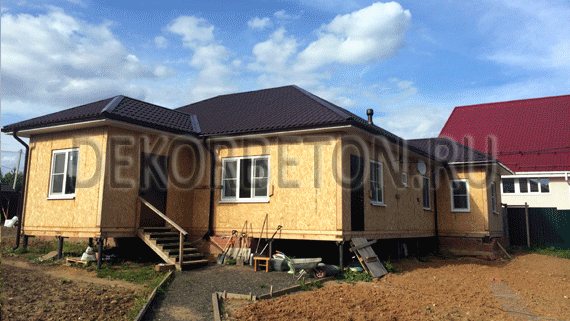
SIP facade decoration at home Full construction
this is a complex of works and materials:
- wind and moisture protection;
- edged board 100 × 25 mm;
- lathing for tiles;
- antiseptic composition for wood;
- brick tiles;
- fasteners;
- corner elements;
- platbands;
- slopes;
- delivery and unloading.
https://youtu.be/k4yhJ3qsFy4
Use of ceramic tiles
Most often, ceramic facade tiles are used in ventilated facade systems.
Such systems consist of three main elements - a frame, an insulation layer and a cladding layer.
A system of metal structures and fasteners installed on the outer surface of the wall acts as the frame of the ventilation facade.
The main purpose of the frame is to create a special air gap between the finishing layer and the wall surface, due to the presence of such a layer, the walls of the building will "breathe", moisture will not accumulate on them, which can lead to various negative consequences.
But not only the frame is important for the owner to be able to experience all the advantages of a ventilated facade, the outer cladding layer also plays a very important role.
Ceramic tiles as a facing layer of a ventilation facade are designed to protect the frame, insulation layer and walls of a building from the negative influence of the external environment, and to give the outer walls an attractive appearance, which is perfectly handled by a hog-type tile that imitates the surface of brickwork.
There are practically no drawbacks to tiles made of modern ceramics, the only thing that may not satisfy the owners is the rather high cost of both the ventilated facades themselves and the finishing materials.
But the price is fully offset by a large number of advantages that cannot be obtained using cheaper finishing materials.
Finishing the facade of a turnkey wooden house RUB 2500 per m²
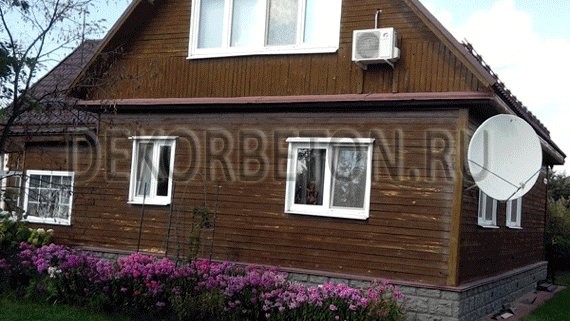

External finishing of facades Full construction
it is a complex of works, services and materials:
- brick-like tiles for facade decoration;
- stone tiles for finishing the basement;
- corner elements;
- platbands;
- lathing for insulation, bar 50 × 50 mm;
- mineral insulation;
- wind and moisture protection membrane;
- lathing for tiles, edged board 100 × 25 mm;
- fasteners, screws, dowels, scaffolding;
- delivery and unloading.
Decorative tiles and their features
Decorative tiles for the facade are imitation of chipped stone. It is in perfect harmony with any materials and on any building facades. Installation of facing facade tiles is quite simple and with minimal skills in bricklaying, etc.you will be able to do the installation work yourself.
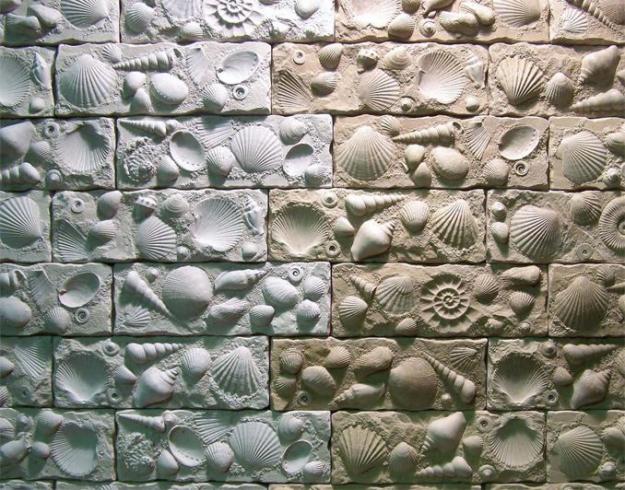

Features:
- Pure material, absolutely safe.
- A huge range of colors, textures, with which you can satisfy the most insatiable imagination of the designer.
- Contributes to excellent heat and sound insulation of the building.
- It does not lend itself to destruction by rodents and chemicals, all that is required from you after installation is to wipe off dirt, if any.
- Does not fade under active sunlight and is not damaged by adverse weather conditions.
- A very durable material that can be destroyed by strong physical impact.
- Easily tolerates temperature extremes.
Installation
The first step is to plaster the wall well, creating a flat surface for laying and wait a while until the plaster dries.
You need to start cladding with ceramic tiles for facades from the very bottom row. When laying, especially the lower part, it is important to constantly check the level of the row evenness. If the first 2-3 rows are very even, then the rows above will be similar.
House cladding made of turnkey aerated concrete 2600 ₽ per m²
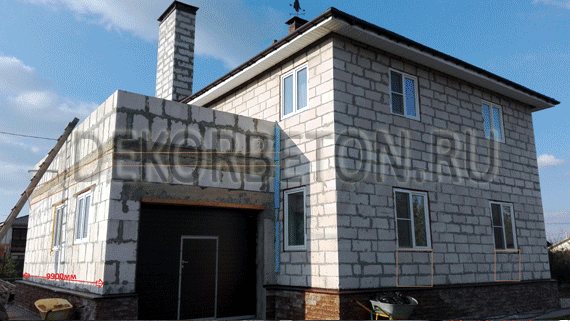

Facing a house made of aerated concrete begins with the selection of the appropriate fasteners for attaching the battens to the foam block. A dowel for aerated concrete with a self-tapping screw securely fix the crate under the insulation. The wind-moisture-proof membrane protects the insulation from moisture. Next, the lathing is installed under the tiles. Facing tiles are attached to the battens with self-tapping screws.
Facade cladding tiles
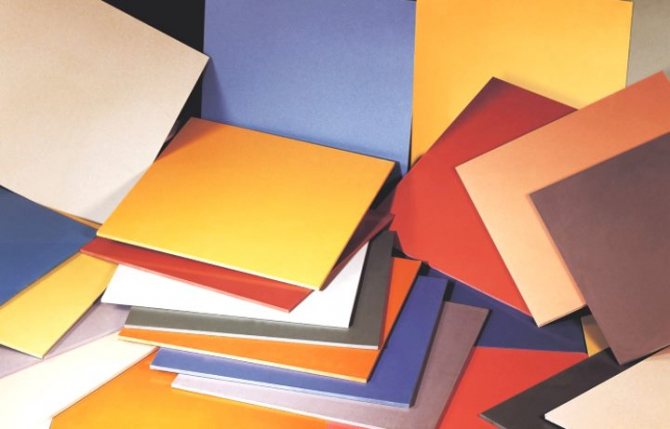

The most popular representatives of such tiles on the Russian market today are clinker tiles and ceramic granite.
The reason for their relevance and relevance was the rational ratio of price and quality.
Indeed, it is often the financial ability of the homeowner that affects the choice of finishing.


If funds allow, then you can stop at products made from natural materials.
If not, then you can always use artificial analogs. Their traditional representatives are:
- clinker,
- porcelain stoneware.
It should be noted that both their aesthetic and functional characteristics of the material do not differ much from the expensive natural material. Let's consider them separately.
Stoneware tiles
For the manufacture of facade porcelain stoneware tiles, virtually the same materials are used as for similar products for interior decoration. The composition of both tiles necessarily includes kaolin, clay and mineral components. But in the production process, porcelain stoneware undergoes a special treatment, which ensures its enhanced strength characteristics. They are almost ten times superior to conventional ceramics.


Porcelain stoneware tiles are subjected to very high pressures in specially designed presses. Such processing makes it impossible for the formation of even very tiny, microscopic pores in the clay.
After such compression, the material undergoes heat treatment, for which ultra-high temperatures (over 1300 degrees) are used. In the process of such processing, the tile becomes almost a monolith, which in its working qualities almost does not differ from natural stone.
Clinker tiles
This finishing material has significant differences from the porcelain stoneware described above. With its shape and surface texture, clinker is more like bricks of various colors.
How is this finishing material made?
A special press from the mass of raw materials squeezes out individual bricks of specified shapes and sizes, which then undergo special heat treatment for one and a half days.


As a result of this effect, the material becomes resistant to temperature changes and mechanical stress. In addition, it acquires the ability to absorb absolutely no water.
The facade of a house with such a facing tile does not need complex maintenance, and it also does not require repair for a long period.
House cladding price
Facing a turnkey wooden house RUB 2500 per m²
The cost of work, taking into account the materials: facade panels for brick, facade panels for stone, wooden lathing for insulation, mineral wool insulation, wind protection for the walls of the house, frame for tiles, self-tapping screws, window ebbs, basement ebbs, window frames, window slopes, corner elements ...
House cladding made of turnkey aerated concrete 2600 ₽ per m²
The cost of work, taking into account the materials: facade panels for brick, facade panels for stone, wooden lathing for insulation, mineral wool insulation, wind protection for the walls of the house, frame for tiles, self-tapping screws, dowels for aerated concrete, window ebbs, basement ebbs, window frames, slopes windows, corner pieces ...
Facing a turnkey frame house RUB 2500 per m²
The cost of work, taking into account the materials: facade panels for brick, facade panels for stone, wooden lathing for insulation, mineral wool insulation, wind protection for the walls of the house, frame for tiles, self-tapping screws, window ebbs, basement ebbs, window frames, window slopes, corner elements ...
Finishing the facade of the self-supporting insulated wire of the house on a turnkey basis 2300 ₽ per m²
The cost of work, taking into account the materials: facade panels for brick, facade panels for stone, wooden lathing for insulation, mineral wool insulation, wind protection for the walls of the house, frame for tiles, self-tapping screws, window ebbs, basement ebbs, window frames, window slopes, corner elements ...
Facing the basement of the house on a turnkey basis 2300 ₽ per m²
Installation of facade tiles: Dry method
We fix the crate - it can be either a metal profile or a wooden rail, which must be pre-treated with an antiseptic before installation.
First, we fix the frame vertically at a distance of about 1-1.5 meters from each other, and after that we mount the horizontal jumpers. The distance must be selected depending on the size of the tiles.
It must be fixed from the bottom up, using the hydraulic level for control. It is recommended with its help at the very beginning to make a complete markup, so that it is as convenient as possible to work.


Dry fastening of fiber cement tiles
When the price is affordable and everyone likes
Facade tiles for the home are notable for their affordable cost for various consumer categories. Ceramic finishing for the facade is of various types. There is a budget ceramic one. An order of magnitude more expensive is the price of ceramic tiles belonging to the premium class. The most expensive, of course, is considered to be an elite-class ceramic tile, which is often produced in exclusive copyright versions. In any case, finishing with the use of environmentally friendly materials will last for many years and will delight the owners of real estate objects, if during the finishing work all technologies are accurately, in detail, competently followed and recommendations are followed.


This tile has a number of advantages:
- light weight;
- increased level of reliability;
- long service life;
- waterproof;
- refractory;
- has increased resistance to negative temperatures;
- does not change color over time.
Aesthetically decorates and reliably protects
Facade ceramic finishing is carried out by no means in all cases. With its help, the installation of facade panels is carried out, because it is an external decorative layer of ventilated facades. Facing a house with a ventilated facade is a great opportunity to significantly increase the life and quality of the building's operation, giving it an aesthetic appearance with the help of durable, reliable materials and structures of a new generation.
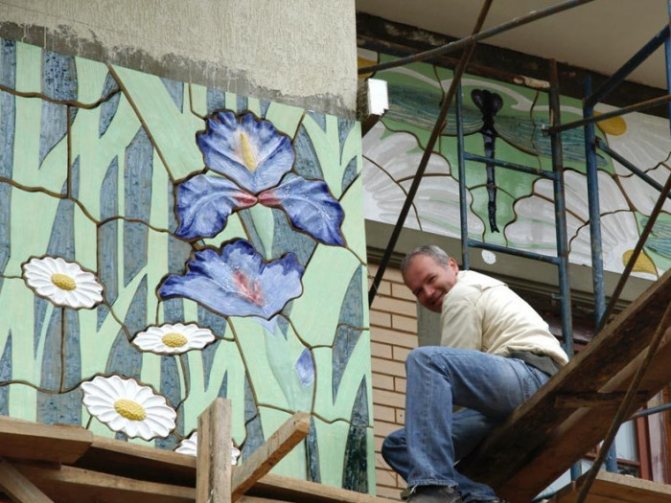

The ventilated façade with ceramic tiles is a multi-layer, multi-element structure. Such decoration of the facade literally saves the house, as it does not allow further deformation of the walls of the building. The facade tiles used in it are distinguished by increased wear resistance and reliability.Ceramic panels are attached to the elements of the supporting system of the ventilated facade, giving the house a stylish, respectable look. Nowadays, ceramic coatings for the facade, which combine bright, deep, contrasting colors and shades, are considered a popular design solution.
Advantages and disadvantages
Any, even the most innovative, materials, with which facade decoration is carried out, have their advantages and disadvantages. And ceramic panels are no exception. Facade installation with ceramic tiles will be much more expensive than using traditional materials. But such a finish has a whole list of advantages that similar cladding materials do not have. They will effectively save money for the further operation of the building.
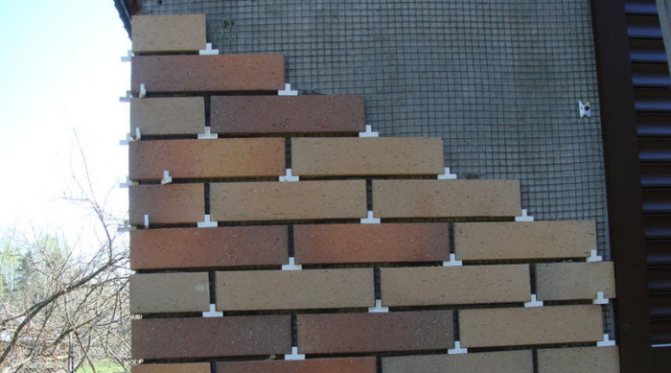

Facade tiles come in different sizes. Basically, like porcelain stoneware, it is produced in sizes: 10x10, 40x40, 60x 60, 600x600 mm. No less popular are facade panels with a size of 300x300 mm. However, in the decoration of multi-storey buildings and public buildings, ceramic facade slabs with a size of 600x600 mm are most widely used. They are distinguished by their high weight and load on the supporting structure.
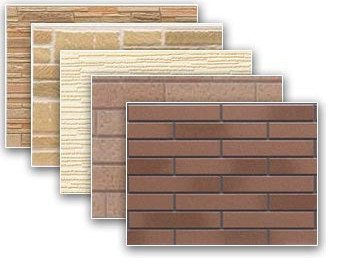

And yet, the weight of the facade panels, in comparison with similar materials, is considered small, which also affects the technical and operational characteristics. All facade panels are waterproof and have high thermal insulation properties. Tiles for the facade of the house are not afraid of excessively high or low temperatures, their changes under the influence of atmospheric factors. Particular attention should be paid to the resistance of facade panels to subzero temperatures, which allows them to be widely used not only in southern, but also in northern climatic latitudes.
Facade cladding with a ceramic component is an economical and practical solution to the problem of maintaining the aesthetic appearance of a house for a long time.
Facade ceramic tiles do not fade and do not lose their color under the influence of humidity, ultraviolet rays and various temperatures. The strength of the facade panels reaches 190-220 MPa. All facade ceramic components of the ventilated canopy are fireproof. Such cladding will protect the house from external fire without any problems. However, against the background of the advantages of finishing the facade with ceramic tiles, this material has 2 significant disadvantages. These include:
- fragility;
- increased fragility.
Facade tiling must be done with extreme care as it is very fragile. And facing tiles are fragile, which creates additional problems during transportation.
